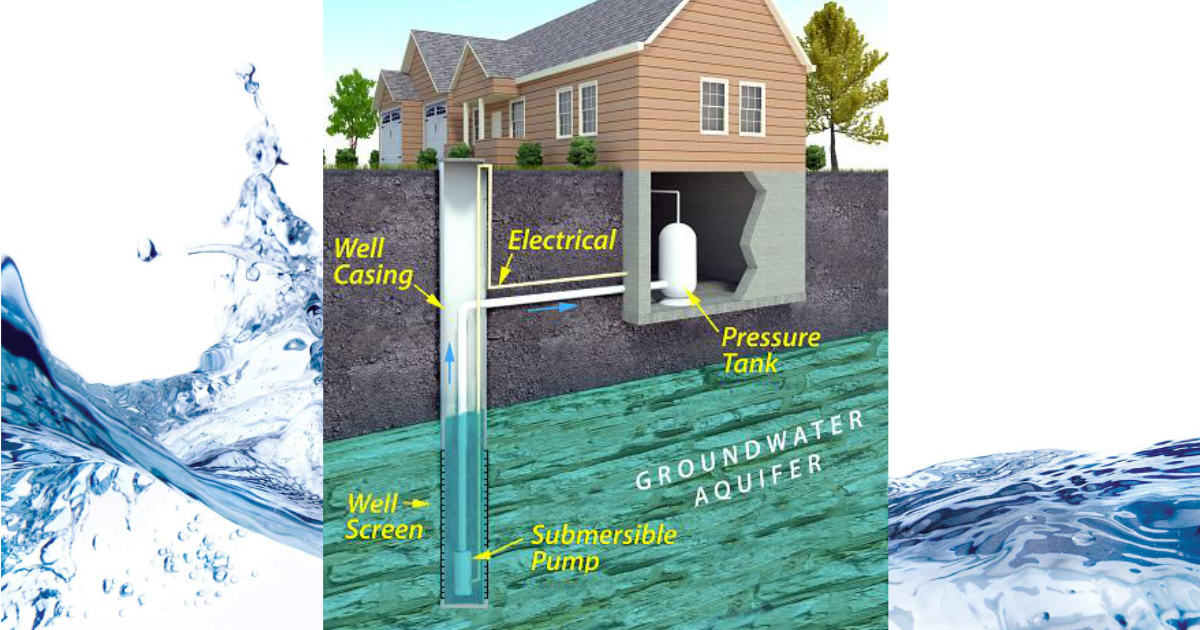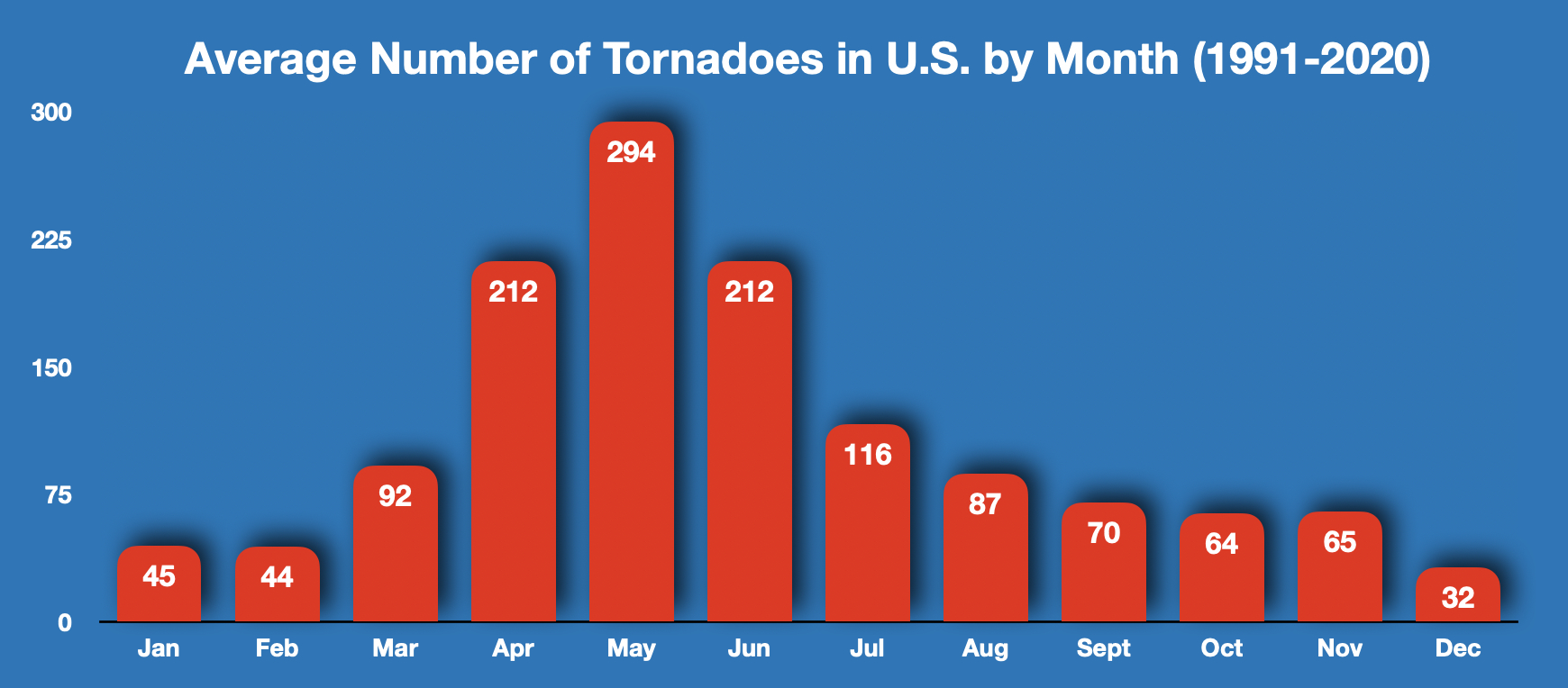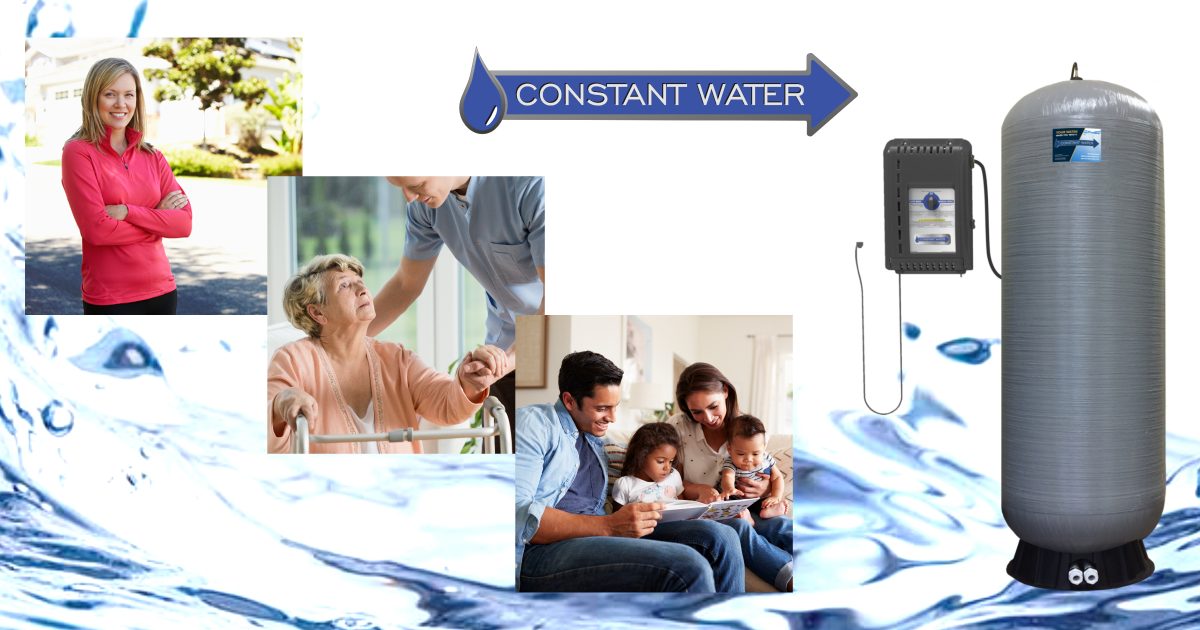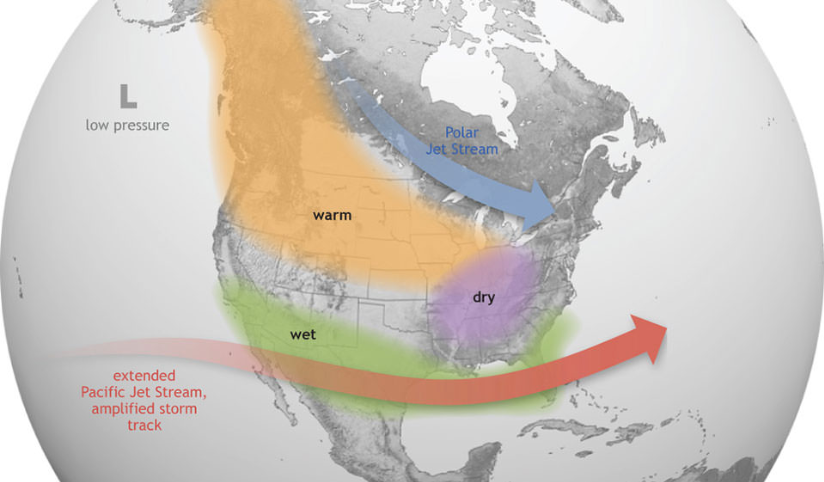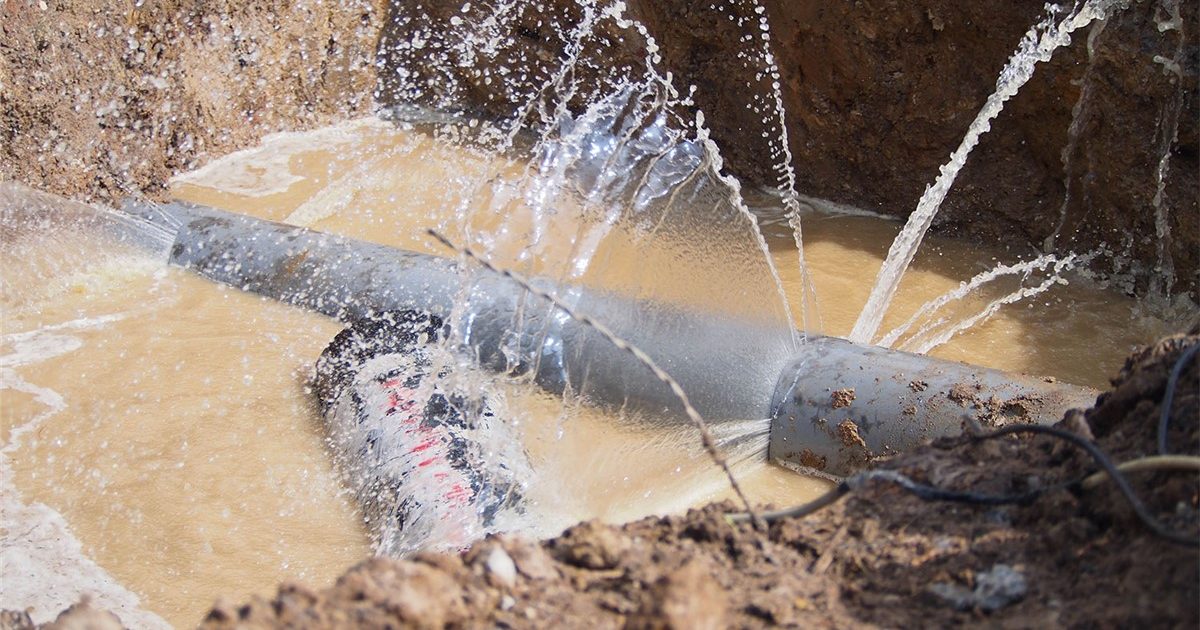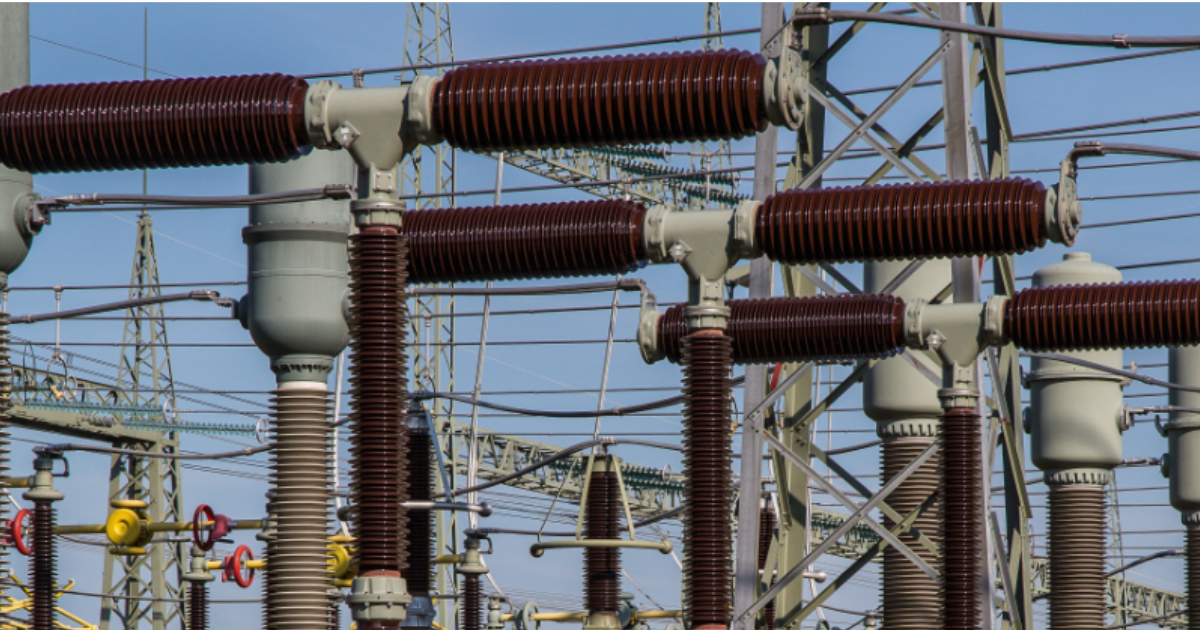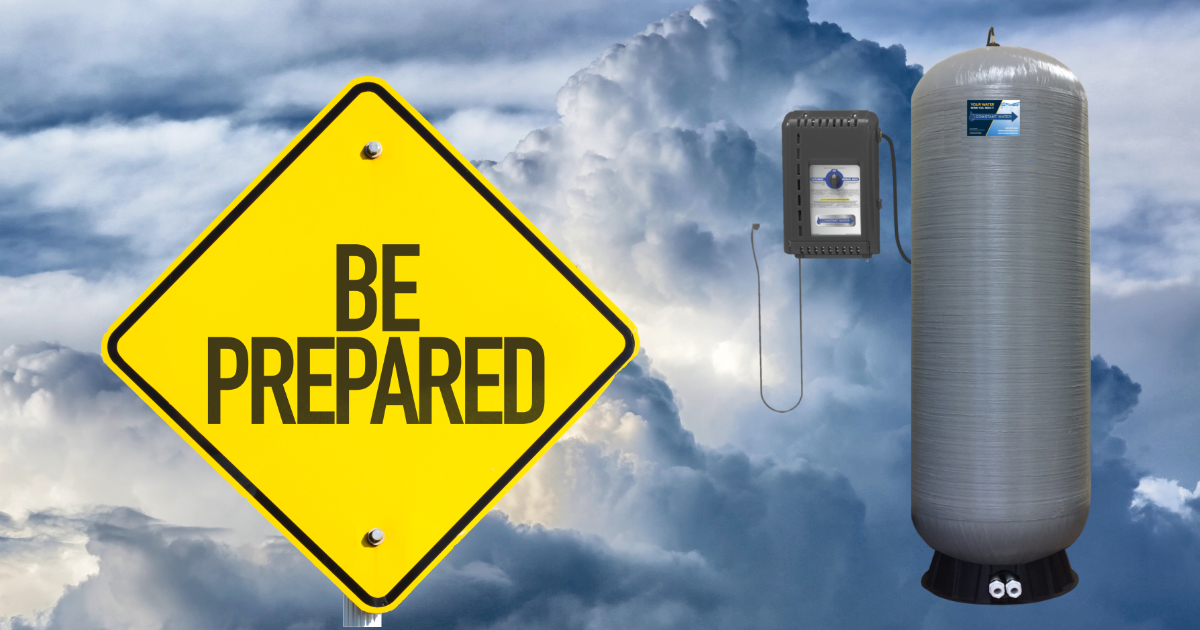Drought Conditions and Construction Impacting Aquifers and Water Wells
Constant Water is the leading home backup water system. We commonly get calls from those in hurricane-prone coastal areas. We also have customers around the country with low-flow water wells. Recently, calls from homeowners on low-flow water wells have increased dramatically.
Available Water in Your Well
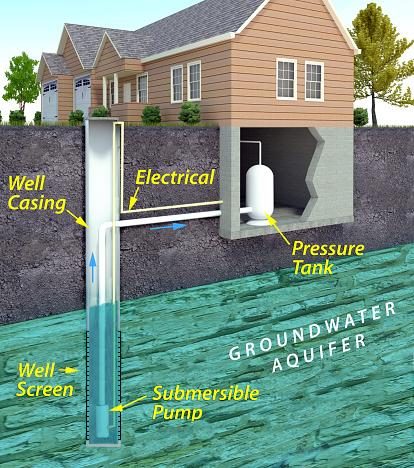
When a well is drilled, it likely came with a report detailing the construction methods and materials. It also likely states the flow rate of the well and the static level of the water. Flow rate shows how much water (in gallons per minute) flows into the well after you draw water from the well. The static level of water in the well says how deep is the water from the bottom of the well to the top of the water–the water column.
Together, these two numbers tell you how much water you can consume before running out.
However, older homes may not have this report, or the report is decades old. The original report tells you the numbers when they drilled your well. You and your preferred plumbing professional should determine the current state of your water well. Drought conditions may impact these numbers.
How Much Water Do You Use?
Our homes have a number of water fixtures—faucets, toilets, tubs, showers, hose bibs
outside of the home, etc. Many also have sprinkler systems for their lawns or irrigation systems for their gardens. Each of these fixtures will output water at some rate of gallons per minute or gallons per use. Faucets and showers are often 2 gallons per minute. Toilets typically consume 1.6 gallons per flush.
Low-flow wells are not terribly uncommon. Often, well drillers who see “low-flow” conditions will drill a deeper well so there is more “static” water in the well for use during high demand periods. But over time, conditions can change. These conditions can impact your flow rates and your static water levels. Additionally, increased density in residential construction may also stress aquifers. Backup water systems can mitigate the risk of being without water.
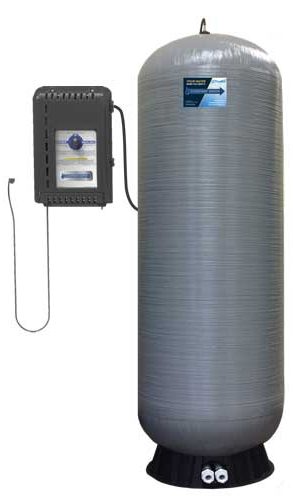
We Monitor Storms and Drought Conditions
Emergency water, and backup water systems, is our business. We pay attention to approaching storms, likely flooding, or increasing drought conditions. This year, though Hurricane Ian did tremendous damage, we had fewer tropical storms. However, drought conditions have remained and are more severe in the western U.S. Additionally, they have expanded across the country.
We’re receiving more and more calls from homeowners who run out of water during peak demand times (6-9 am and 6-9 pm), likely a result of drought conditions that cause water levels in their aquifers to drop.
Home Backup Water Systems Have Multiple Benefits
More and more homeowners turn to Constant Water backup water systems for help with their water wells. Our systems not only provide critical backup water supply for water out conditions, but for low-flow conditions impacting homeowners more often.
Your drought and low-flow well conditions may be seasonal, but they can leave you without water when you need it most. For homes with small children or elderly parents, water is even more critical.
The holidays are coming. With friends and family visiting, water demand will be at its highest. But also with the holiday season comes winter weather that can wreak havoc. Don’t be left without water. We’ve been there. Checkout Constant Water emergency backup water supply systems.

